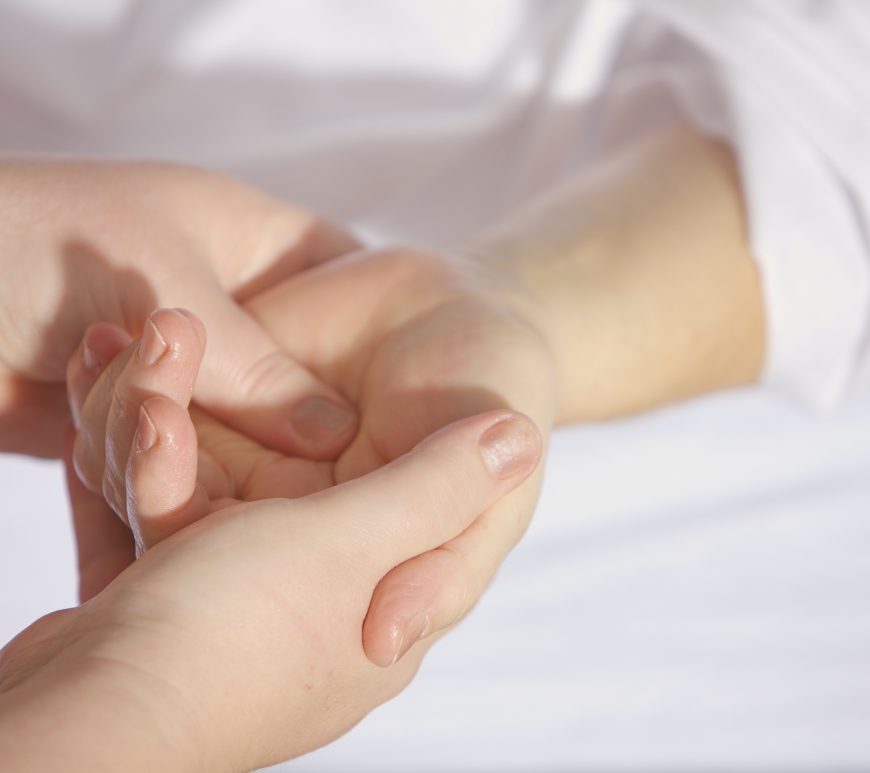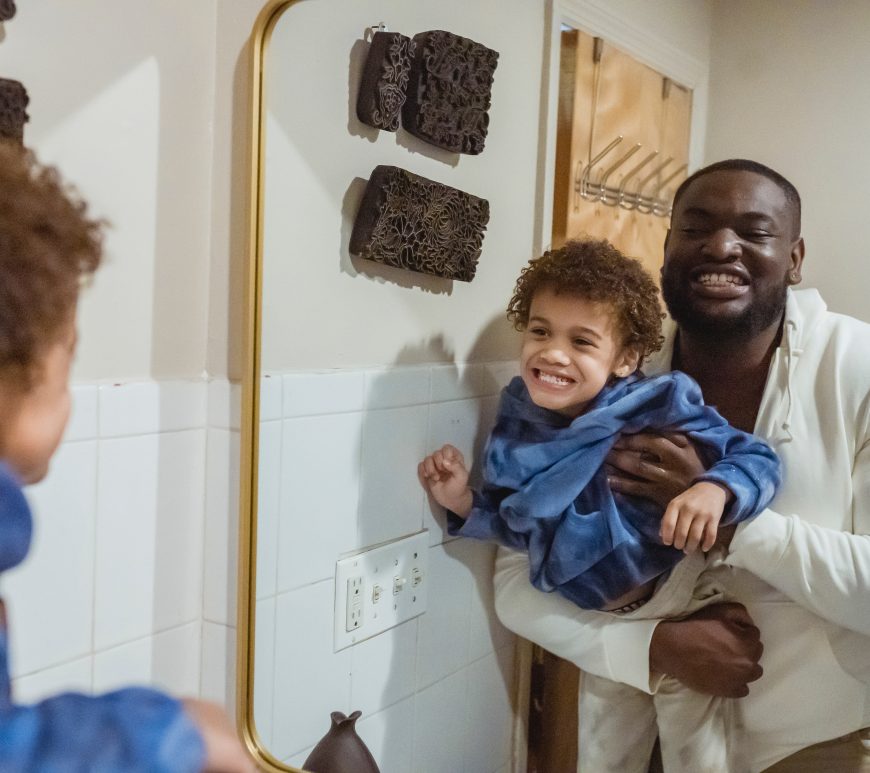
Does passive stretching improve muscle mechanics in spastic cerebral palsy?
Researchers have long sought effective strategies to manage motor impairments in children with spastic cerebral palsy, a condition characterized by excessive muscle stiffness that can hinder movement and function. In 2015, a study led by Nicola Theis, alongside Thomas Korff and Amir A. Mohagheghi, sheds new light on this topic by investigating the effects of long-term passive stretching on muscle-tendon unit mechanics. Cerebral palsy often … Continue reading Does passive stretching improve muscle mechanics in spastic cerebral palsy?

